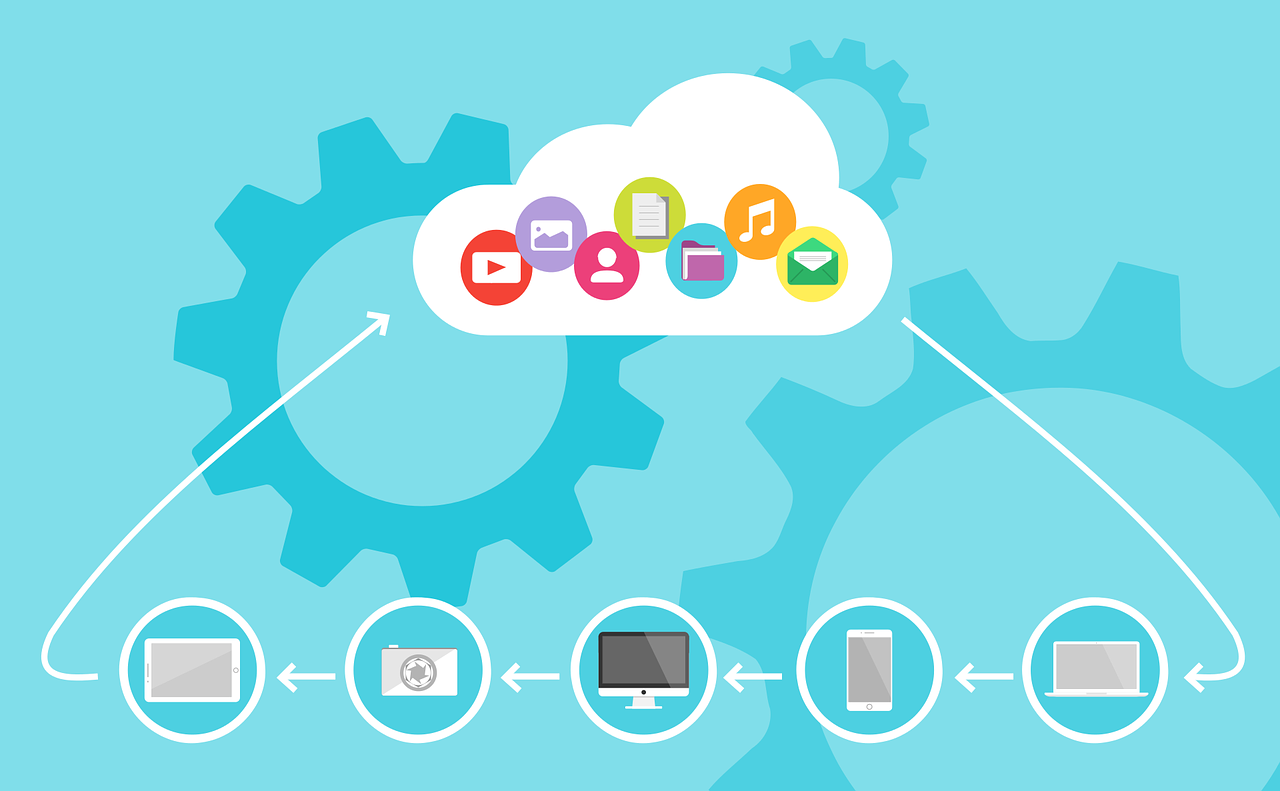Last Updated on: 22nd November 2023, 01:10 am
60% of all corporate data is now stored in the cloud. This offers businesses numerous benefits over on-premises software, including lower IT costs, improved agility, and enhanced scalability.
However, moving away from on-premises IT is no mean feat. In addition to the time and money involved with migrating data to the cloud, another massive consideration with embracing cloud computing is the potential security risks you expose your business to.
Here are a few you should know about and useful ways to combat them.
1. Having too many cloud tools
As the saying goes, sometimes less is more, and this applies to the number of cloud tools in a business’s arsenal — particularly when it comes to SaaS. Having too many in operation is known as SaaS sprawl, which occurs when an organisation’s SaaS stack consists of a large — and often unmanageable — number of applications.
Not only does SaaS sprawl result in a larger attack surface, but makes it more difficult for IT and security teams to identify security risks or ensure regulatory compliance.
Some of the best ways to deal with SaaS sprawl include:
- Rationalising your application portfolio by assessing each app within it, enabling you to make informed decisions about which tools to keep or terminate.
- Centralising the procurement process so any prospective purchases can be assessed by those with visibility of the entire SaaS stack.
- Thoroughly training staff, as this makes them much less likely to buy their own SaaS tools.
2. Misconfiguration of cloud security settings
Another major cause of cloud data breaches is misconfigurations of cloud security settings. According to cyber risk management company Vulcan, this “refers to any errors, glitches, or gaps in the cloud environment that could pose a risk to valuable information and assets”. It occurs when businesses fail to properly configure their cloud security systems, with common risks including overly permissive access, default credentials for systems, and unsecured backups.
The most effective means of overcoming cloud misconfiguration include:
- Relying on your own monitoring solutions as well as your cloud provider’s.
- Introducing the Principle of Least Privilege (PoLP) for anyone accessing your systems to reduce the attack surface.
- Encrypting your data backups to protect the data in the event it’s compromised.
3. External data sharing
The ability to easily share data externally, with many cloud tools enabling you to do so via a simple link, is undoubtedly beneficial for productivity. But this too comes with security risk. The shared link can be forwarded to the wrong person or stolen as part of a cyberattack, providing unauthorised access to the resource in question.
To get around this issue, it’s recommended that businesses:
- Introduce approved secure file sharing systems for users.
- Train users on data sharing best practices, including what not to do.
- Implement multi-factor authentication on all files to help prevent unauthorised individuals from accessing them.
By following our tips on counteracting cloud computing security risks, you’re sure to enjoy a secure cloud-based future.






